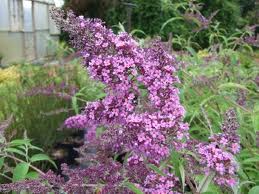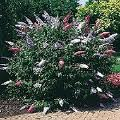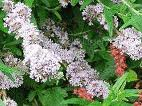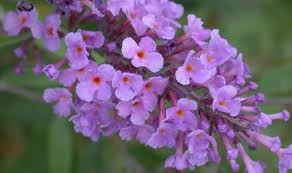Butterfly Bushes
The Butterfly Bush (Buddleja davidii) is a great addition to any landscape. They are a delightful eye catcher and really add color that is sure to gather attention. Butterfly Bush colors can range from deep purple, vibrant pink, gold, magenta, black, and white. The flowers attract hummingbirds while the colors attract envious eyes.
The Butterfly Bush species from Asia and Central America are popular ornamental plants widely used to attract hummingbirds and butterflies. There are more than 100 species of Buddleja worldwide and additional cultivars are being developed. Buddleja species are currently found throughout the eastern, southern and western states. The Butterfly Bush can escape from plantings and become invasive in a variety of natural habitats such as coastal forest edges, roadsides, abandoned railroads, rural dumps, stream and river banks and some disturbed habitats. It spreads by seed that is produced in abundance and dispersed by the wind.
Easily Grown Butterfly Bush Varieties.
Dartmoor Butterfly Bush.
This species of butterfly bush is very hardy and can adapt to an array of lighting conditions. It emits a fruity scent and produces blossoms that are colored pink and purple.

Nivea Butterfly Bush.
This is another hardy and easy-to-grow species that only requires periodical fertilization. This species produces large leaves and is often grown for its foliage than its small clusters of multicolored flowers.

Salviifolia Butterfly Bush
This species is extremely fragrant and may grow to reach heights exceeding 8 feet. Its pleasant smell and height is far more impressive and desirable than its actual blossoms, which are quite small and pale purple.

Globosa Butterfly Bush.
This species is a little more difficult to grow than others, but the time you spend tending to this bush will pay off when it begins to blossom and mature. Amidst a sea of large, leathery and elegant leaves emerges brilliant balls composed of orange flowers. This species is truly impressive in any garden.

Controlling a Butterfly Bush
Prevention. Remove spent flower heads in the fall before they can spread. You do not want to let your butterfly bush go to seed if you want to control it from growing in more than one area. If you want to remove a Butterfly Bush from your landscape you will need to dig out the root system. Be sure not to allow the branches to lay on the ground as they will root as well.
Disposal. As mentioned above, do not allow the branches to lay on the ground as they will root and re-grow the bush. The branches should be burned, removed completely, or decomposed in a proper decomposition bin. If you trim your Butterfly Bushes be sure to lay plastic or something similar to catch the seed heads before it has a chance to spread.
Chemical Control. For the best results to chemically destroy a Butterfly Bush cut the trunk off at the base and apply concentrated glyphosate or triclopyr to the freshly cut surface.
